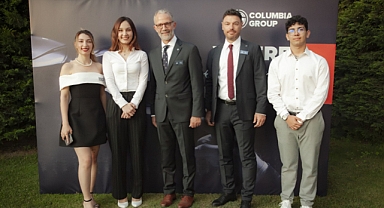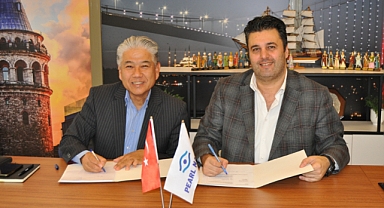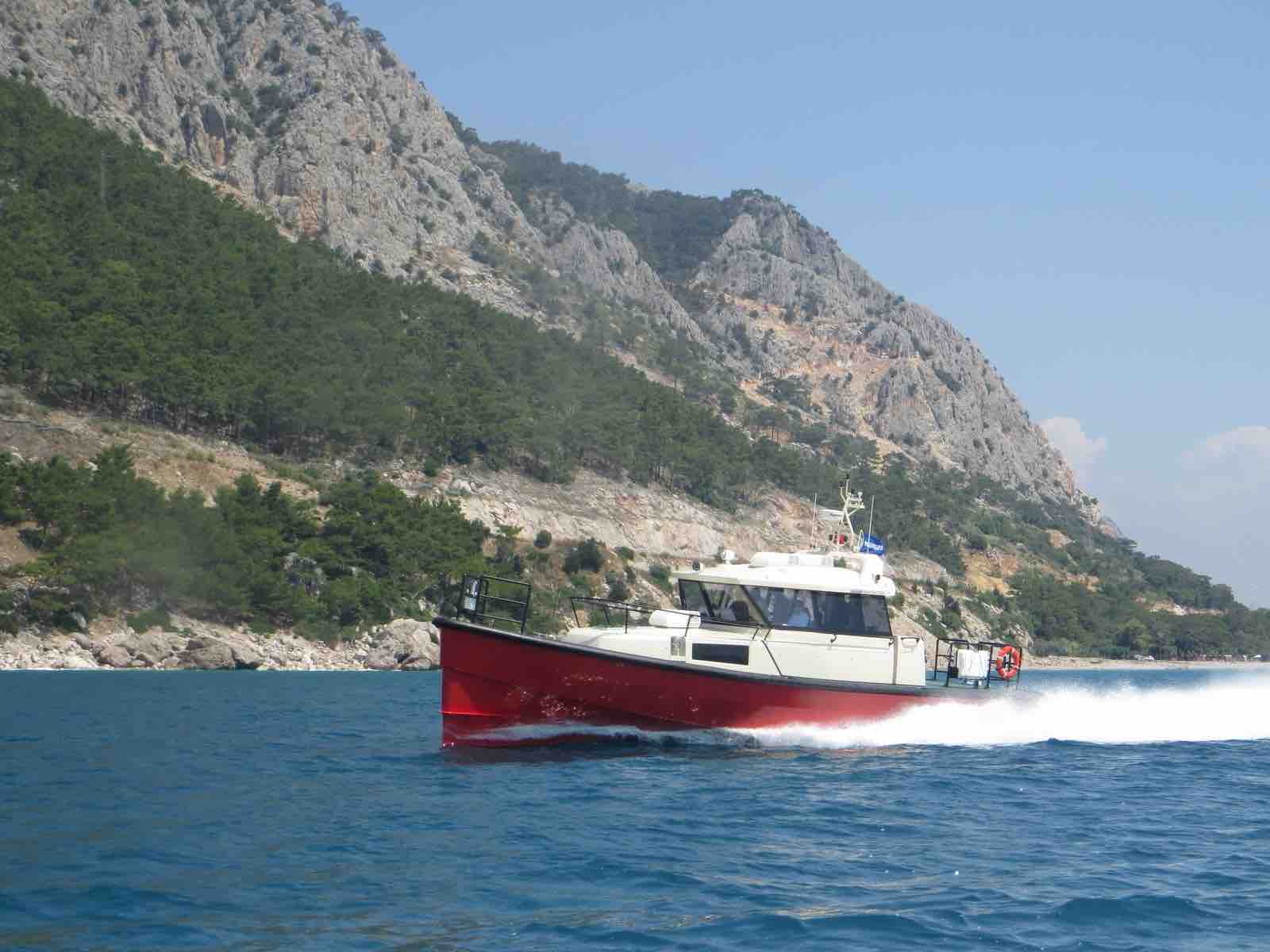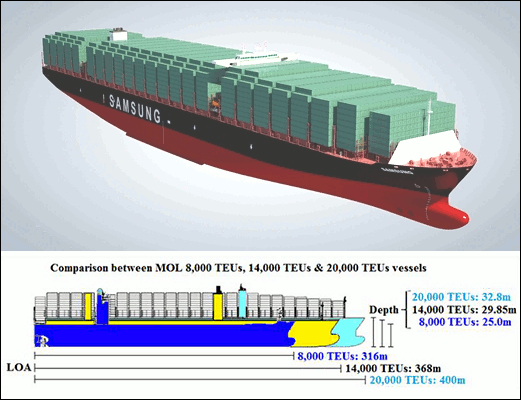COLORADO's Boom supersonic plans to reintroduce commercial supersonic flight, which has been on hold since Concorde was grounded in 2003, reports CNN.
'We've set out with a really big, audacious goal of creating the first supersonic airliner that tens of millions of people can fly on,' said Blake Scholl, Boom Supersonic's founder and CEO.
Boom plans a first flight in 2027 and certification of the aircraft in 2029, which would make it ready to enter service right after that.
Boom's engine is called Symphony, and it's designed in collaboration with Florida Turbine Technologies, whose engineers have worked on the supersonic engines of fighter jets such as the Lockheed Martin F-22 and the F-35.
Said Mr Scholl: 'We want to build an experience that's inspiring, that's comfortable, that works. Whether you want to be productive or relax, it's going to be just a fantastic way to fly.'
Earlier this month, a demonstrator aircraft for what could be the first new civil supersonic plane to be launched since the 1960s took to the skies.
The XB-1, a technology demonstrator aircraft built by Colorado-based Boom Supersonic, successfully completed its first test flight at the Mojave Air & Space Port in California, it was announced March 22.
The XB-1 is the world's first independently developed supersonic jet and paves the way for the development of Boom's commercial plane Overture.
'I very much believe in the return of supersonic air travel, and ultimately to bring it to every passenger on every route. And that's not something that takes place overnight,' said Mr Scholl.
XB-1's first flight met all of its test objectives, including safely reaching an altitude of 7,120 feet and speeds of up to 238 knots (273 miles per hour).
That's quite a bit below the altitudes reached by commercial airliners, which fly between 31,000 feet to 42,000 feet.
As for Mach 1 - the speed of sound - that's 760 mph, depending on altitude and temperature. But the plan is for XB-1 to achieve that supersonic ambition pretty fast.
With the aviation having a target net zero carbon emissions by 2050, this is designed to be 100 per cent with sustainable aviation fuel (SAF).
'There's not enough of it, and it costs too much, but it is scaling,' he said, but he reckons that one day it'll be used for all long-haul air travel. It's the 'future of aviation'.
SeaNews Turkey
'We've set out with a really big, audacious goal of creating the first supersonic airliner that tens of millions of people can fly on,' said Blake Scholl, Boom Supersonic's founder and CEO.
Boom plans a first flight in 2027 and certification of the aircraft in 2029, which would make it ready to enter service right after that.
Boom's engine is called Symphony, and it's designed in collaboration with Florida Turbine Technologies, whose engineers have worked on the supersonic engines of fighter jets such as the Lockheed Martin F-22 and the F-35.
Said Mr Scholl: 'We want to build an experience that's inspiring, that's comfortable, that works. Whether you want to be productive or relax, it's going to be just a fantastic way to fly.'
Earlier this month, a demonstrator aircraft for what could be the first new civil supersonic plane to be launched since the 1960s took to the skies.
The XB-1, a technology demonstrator aircraft built by Colorado-based Boom Supersonic, successfully completed its first test flight at the Mojave Air & Space Port in California, it was announced March 22.
The XB-1 is the world's first independently developed supersonic jet and paves the way for the development of Boom's commercial plane Overture.
'I very much believe in the return of supersonic air travel, and ultimately to bring it to every passenger on every route. And that's not something that takes place overnight,' said Mr Scholl.
XB-1's first flight met all of its test objectives, including safely reaching an altitude of 7,120 feet and speeds of up to 238 knots (273 miles per hour).
That's quite a bit below the altitudes reached by commercial airliners, which fly between 31,000 feet to 42,000 feet.
As for Mach 1 - the speed of sound - that's 760 mph, depending on altitude and temperature. But the plan is for XB-1 to achieve that supersonic ambition pretty fast.
With the aviation having a target net zero carbon emissions by 2050, this is designed to be 100 per cent with sustainable aviation fuel (SAF).
'There's not enough of it, and it costs too much, but it is scaling,' he said, but he reckons that one day it'll be used for all long-haul air travel. It's the 'future of aviation'.
SeaNews Turkey










